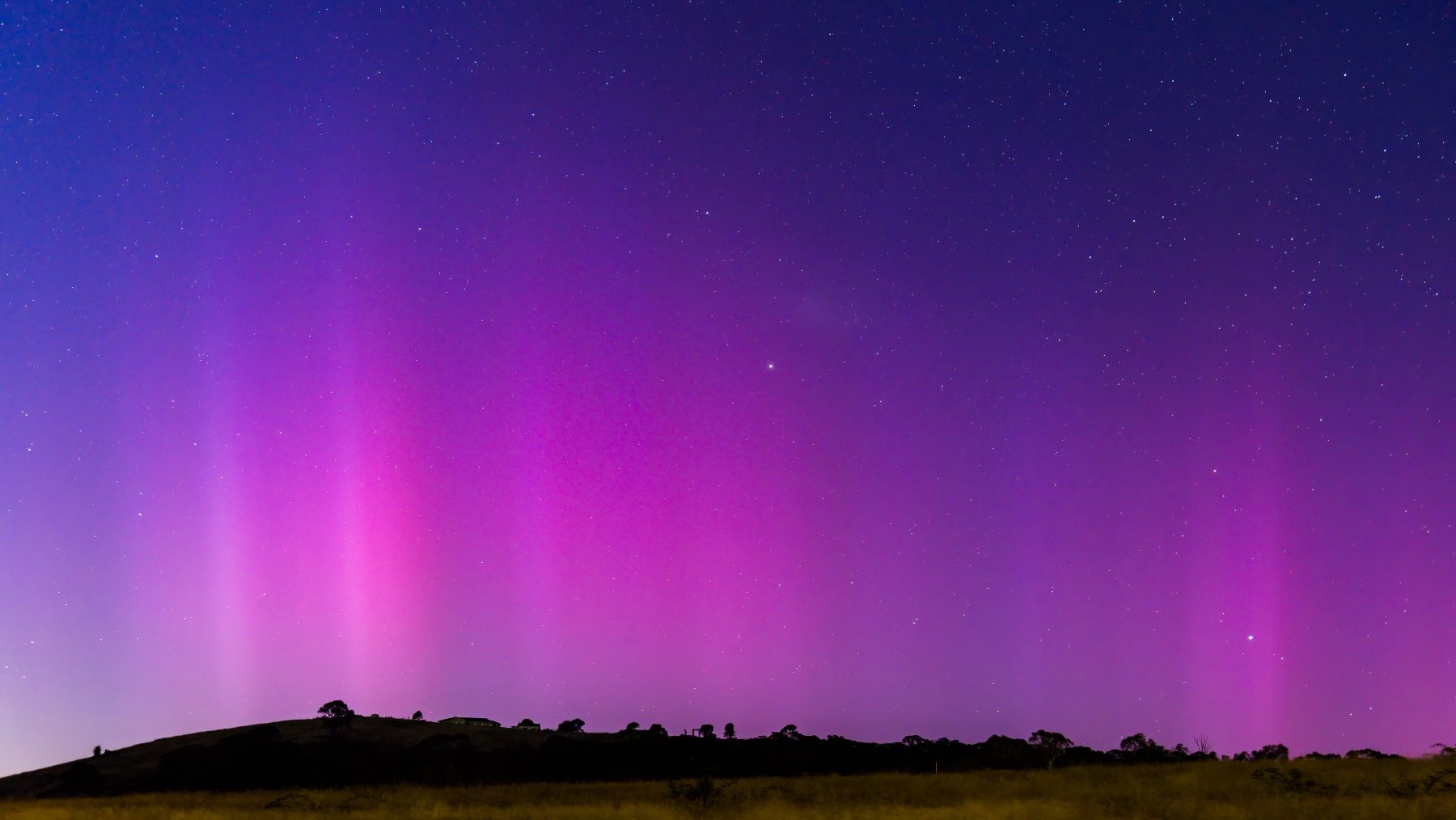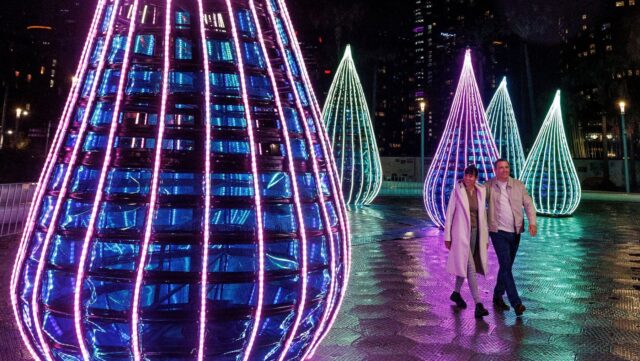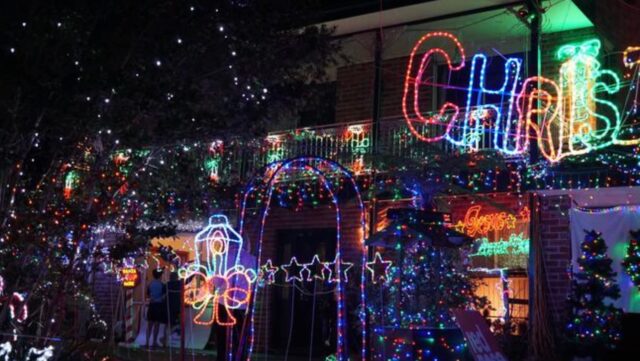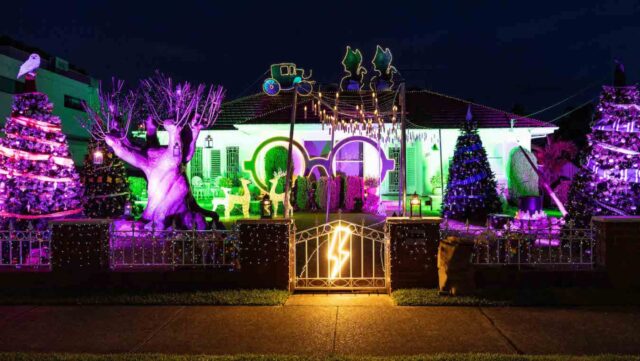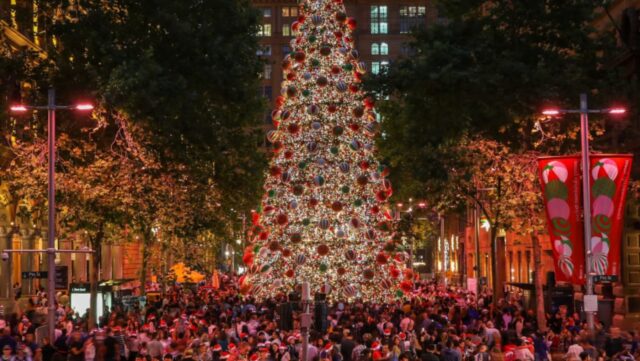Did you miss the Aurora Australis Sydney display last night? Don’t worry, the data indicates there will be another chance tonight.
Tonight, Sydneysiders have a rare opportunity to witness the Aurora Australis, or Southern Lights, due to heightened solar activity. While typically visible in southern regions like Tasmania, this event may extend its reach to parts of New South Wales.
What is the Aurora Australis?
The Aurora Australis is a natural light display caused by an interaction between charged solar particles and Earth’s magnetic field, producing vibrant colours in the night sky. Charged particles stream from the Sun towards Earth at up to 2,000 kilometres per second. Most of the particles are stopped by Earth’s magnetic field, but some manage to travel down at the South Pole and North Pole, where they then interact with atmospheric gases.
In the Northern Hemisphere, its known as Aurora Borealis, while in the Southern Hemisphere it’s the Aurora Australis. These displays are more common during periods of increased solar activity, such as the current solar maximum.
Top places near Sydney for Aurora viewing
As with all celestial events, the main piece of advice to get a good view of the stars is get as far away from as much artificial lighting as possible. The more lights that are visible, the less likely you’ll be able to see the shooting stars in the sky above.
To maximise your chances of witnessing the aurora, choose locations with clear southern views and minimal light interference. Some of our top recommendations are:
Royal National Park
South of Sydney, nestled between Sydney and Wollongong, the heritage-listed Royal National Park provides endless opportunities to reconnect with nature and admire its beauty. One of the world’s oldest national parks, it is a natural sanctuary of pristine beaches, littoral rainforest and ancient Aboriginal sites, home to abundant wildlife, waterfalls and wildflowers. There’s practically no light pollution here, so it’s perfect for some sky-gazing.
Barrenjoey Headland
In the Northern Beaches, at Palm Beach, the elevated position of Barrenjoey Lighthouse and the headland offers fantastic views over the ocean. Built in 1881, this heritage lighthouse is an iconic Sydney attraction. Make the trip up to Palm Beach for the chance to watch the aurora australis above the waves.
Kuring-gai Chase National Park
If you don’t want to venture too far, hop on the train to Hornsby to explore the northern national park. By day, Kuring-gai Chase National Park is filled with hikers, bikers and people with picnics; by night, its secluded location away from city lights makes it a fantastic vantage point.
Southern Highlands
Travellers are always drawn to the lush landscapes, bucolic charm and a slew of pretty villages in the Highlands. They make great locations for watching celestial activities too – Bowral and Mittagong are particularly good. A new generation of food-makers, wineries, retailers and hoteliers continue to breathe new life into the area too, so make a day of it.
Lake George
Near Canberra, this one requires a bit more commitment, but if you’re willing to drive the 2.5-hour journey there, Lake George is worth it for the expansive, dark skies.
Best Viewing Times
A bright aurora usually lasts around one to three hours and is most visible between 10pm and 2am.
Check the Kp index – a measure of geomagnetic activity – to assess visibility chances. A Kp index of seven or higher increases the likelihood of sightings in NSW. The three-hour estimated data is sitting at five at the time of writing, so check later for accurate evening data.
Tips for capturing the Aurora
- Use a tripod to stabilise your camera when using long exposures.
- Manual settings – adjust ISO, aperture and shutter speed for low-light conditions.
- Shoot in RAW, which allows for better post-processing.
- Experiment: Take multiple shots with varying settings to find the best results.
- Check cloud cover as your view is heavily dependent on cover. There’s not much you can do about the clouds, but you can download the Sky Map app to monitor conditions so you don’t head out for disappointment.
Finally, know that patience is key. It can take around 30 minutes for our eyes to properly adjust to the darkness, so put all screens down and enjoy a 30-minute digital detox while you wait for the lights to materialise.

